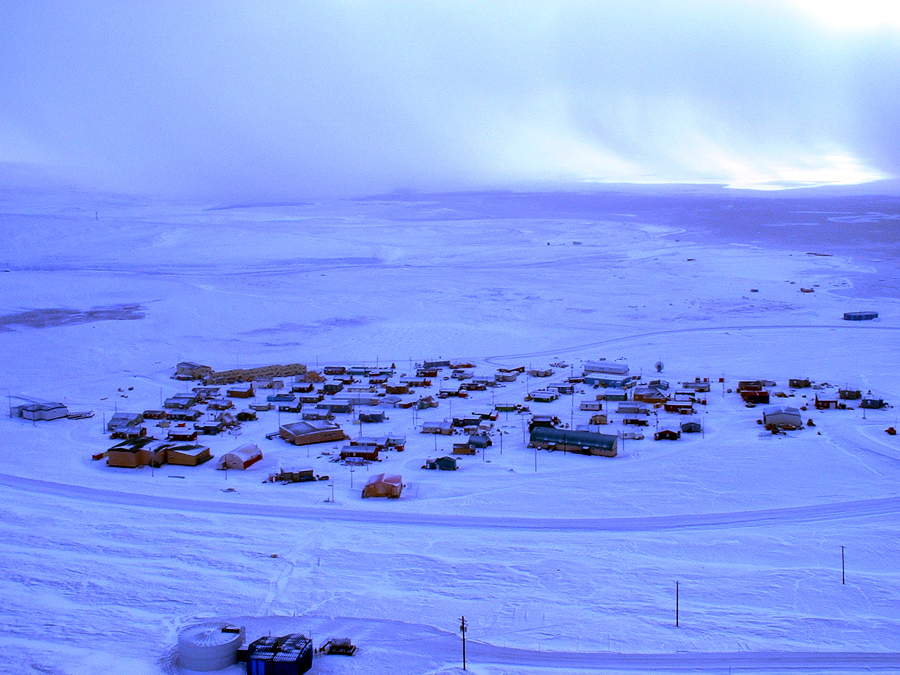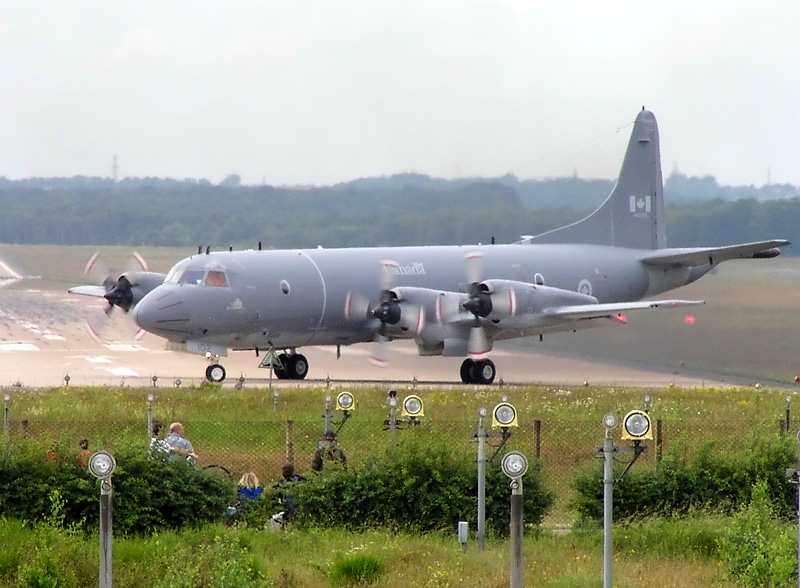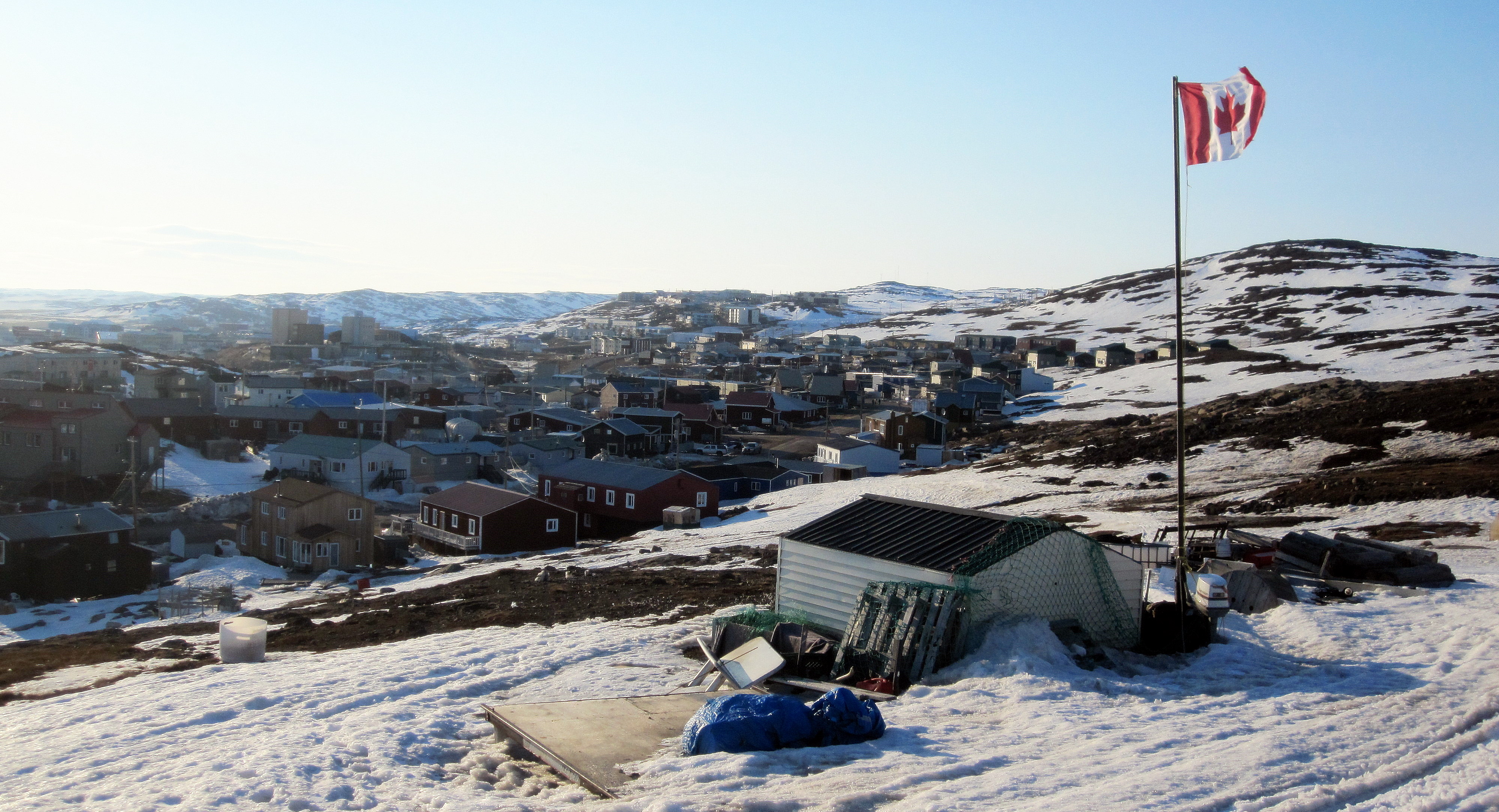Much has been said in the news recently in regards to the ‘race to the Arctic’ by countries such as Canada, Denmark, Norway and Russia in order to lay claim to the area in the name of Arctic sovereignty. A motivation for this acceleration in land claiming and geological exploration comes from the need for resources and the untapped potential of our polar regions. While both the Arctic and Antarctic are rich in resources, they are governed differently.
The Arctic is not governed by a single state, but rather by individual sovereign states, which attempt to promote cooperation in an organization called the Arctic Council. The Arctic Council is an intergovernmental forum designed to collaborate, research, and coordinate. The principal member countries are Canada, the United States, Norway, Russia, Finland, Iceland, Denmark, Sweden, and their indigenous peoples. There are also observer countries such as India and China who can monitor development, but do not have the same powers as permanent voting members. As of today, there is no policy precedent concerning the high northern region. As the polar ice caps begin to melt due to climate change, the possibilities for general resource exploitation increase.
A current barrier to resource exploitation is general access. In the Government’s recent throne speech, Stephen Harper has committed to fulfilling a dream of former Prime Minister Diefenbaker- the construction of the Dempster highway. The Dempster highway will connect Canada’s north allowing for proper transport. While access is slowly becoming easier due to the melting of ice, this isn’t stopping private companies from investing in exploration.
[captionpix align=”left” theme=”elegant” width=”325″ imgsrc=”http://natoassociation.ca/wp-content/uploads/2013/11/arctic-2.jpg” captiontext=””]
The primary agreement that outlines Antarctic governance is the Antarctic Treaty. The Antarctic treaty was signed in 1959 by the United States, The United Kingdom, the USSR, Japan, Norway, Chile, Belgium, Australia, and New Zealand. Unlike the Arctic, the Antarctic Treaty clearly states:
“No acts or activities taking place while the present Treaty is in force shall constitute a basis for asserting, supporting or denying a claim to territorial sovereignty in Antarctica or create any rights of sovereignty in Antarctica.”
There are now over 40 countries that have signed the treaty. 28 countries are consultative parties (Canada is one of them), which means that they have a vote in decision-making and 19 countries are non-consultative. To obtain consultative status a country must prove they are contributing substantial scientific research to the area. Decision-making via this international treaty process is done by consensus. While the Antarctic Treaty does explicitly reference the anti-sovereign climate of the region, that does not mean there is no contention amongst certain nations about land claims. An article from the NATO Council of Canada comments on these contentious land claims and their significance to the treaty.
The race for resources and economic dominance may define the 21st century. Canada’s current Government has already made it one of its policy pillars. It appears as though the Polar Regions, are the last major frontier in human exploration.




